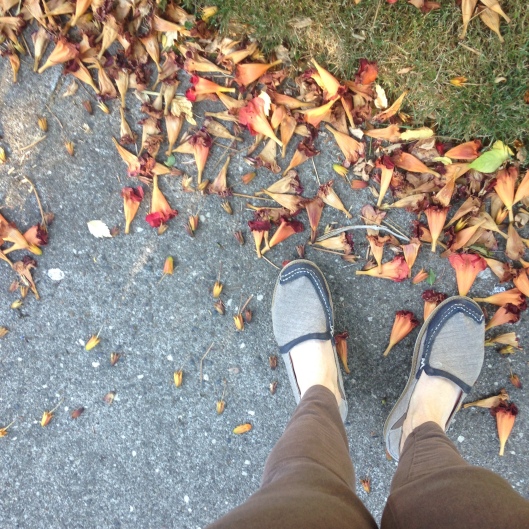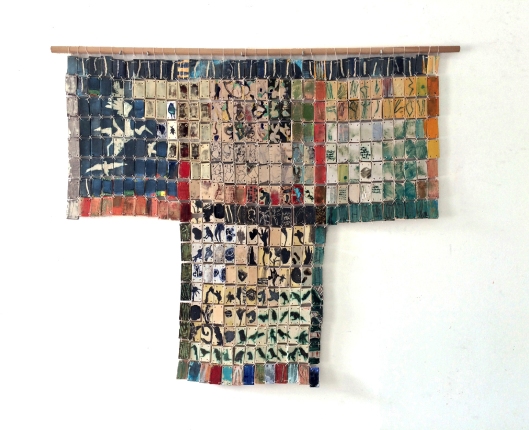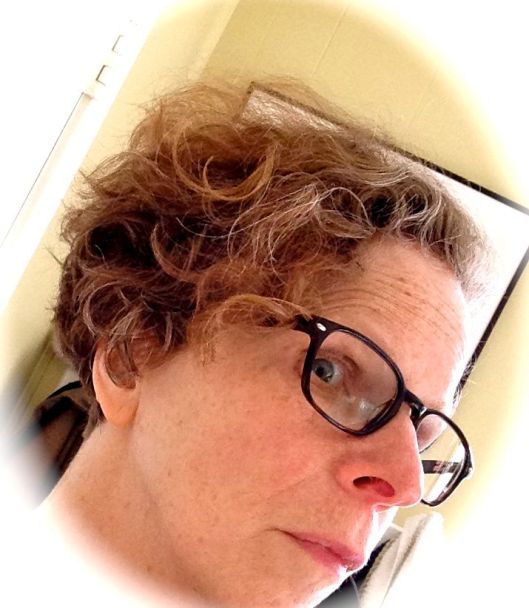
Empty Rooms — July 2016
Last September I said to my husband, “I want to be in my own house before my next birthday.” We had sold our house in Massachusetts in July, and were spending a few months in Kingston, New York, while planning our next, and hopefully final, move. Today, the day after the aforementioned birthday, I am sitting in our new house in Portland, Oregon.
We’d been fantasizing about just such a migration for several years. The time between dreaming and doing has been filled with a multitude of decisions, and emotions that have vacillated between nostalgia and anticipation, impatience and satisfaction, uncertainty and confidence.
First, however, there’s gratitude. Not everyone in his or her sixties has the health, energy, and wherewithal to move across the country.
I had lived in the Boston area for my entire life, and my husband had lived there for much of his adult life. We bought the house in Concord when our sons were in elementary school. It was our home for 23 years, the place where we developed our careers, supported each other through multiple challenges, and watched our boys grow into men.
In return, my husband combined his engineering know-how and carpentry skills with my design ideas, and together we turned a plain 1960s ranch into something special .
The house had done its job, just as we had done ours. By the summer of 2011, neither of us was working full-time. My husband had retired after 32 years at the same company, and after almost as many years of steady employment, I no longer had a full load of paid writing assignments. At the time of our move, we had a son living on each coast, and nothing to tie us down. Leaving old friends would be our only regret.
We didn’t have to move, but we both wanted more stimulation and new vistas to explore. I wanted to live in a place where I could walk to parks, restaurants, cafes, and stores. As I wrote in 2012,
I want the bustle and excitement of the city but not the noise. I want to be able to move around freely even when — especially when — I am too old to drive, but worry that the constant press of people will grate on my introvert soul.
While any place that Paul and I are together will feel like home, I also want to find my own niche. I want to write in my office and then meet friends for coffee at a neighborhood café, or spend the afternoon wandering around a nearby museum.
There were practical reasons to sell as well. While the decades of full-time work set us up for a relatively secure retirement, the house had become a big expense. We still had a mortgage, and a home equity loan had entered its pay-off period, increasing what had been a negligible monthly payment by ten-fold.
The house was valued at far more than we owed. Selling it meant that if we re-settled in a less expensive market, we could pay cash and skip a mortgage all together.
At the end of 2015 we got serious about selling the house, met with a couple of realtors, and began strategizing about improvements we needed to complete before putting the place on the market.
All of that went out the window in early 2016, when an acquaintance and her husband expressed an interest in buying our house “as-is.” While they made up their minds, we thought deeply about the implications of leaving.
I, for one, had a private cry in the kitchen every morning, awash in memories as I brewed my tea, and looked out at the wild and beautiful back yard that had given us so much pleasure. As we began saying good-bye to the house, we also had to decide where we wanted to go.
Our older son seemed firmly ensconced in his Brooklyn, NY community, more so than our younger son in Seattle, Washington, who was just finishing up graduate school there. Who knew where he would land? We didn’t want to be far away from both of them.
Though we’d always fantasized about moving to the West Coast, we began considering the Hudson Valley — somewhere near the train into the city. Then we could have it both ways: quiet at home with some walkability, but within easy access to New York City and proximity to our older son.
We spent several weekends that spring looking at houses in and around Beacon, New York. Nothing there felt right. All of the houses we looked at felt cramped. They weren’t particularly close to town, either. In addition, while housing there was inexpensive compared to Boston, the property taxes would have equaled another mortgage payment.
We were driving back to Concord at the end of one particularly discouraging trip, when my husband said, “We could still move to Portland.” The mood in the car instantly changed from dreary to dreamy.
Ah, Portland, Oregon. We’d spent a few weeks there during the summer of 2014. I loved that it was a city, yet it was divided up into neighborhoods with shops located on the main thoroughfares, while houses of all shapes and sizes were sited on the quieter side streets.
We agreed to give New York one last chance by renting a place there that summer, and if we still weren’t convinced, we’d give Portland a try. Our acquaintances decided to buy the place. And in July, we packed up the house and put most of our belongings into storage.
Month-to-month rentals weren’t easy to find, but we finally landed one in Kingston, NY, which has a charming downtown and a vibrant artistic community. The catch was that our rental was nowhere near town and even our morning dog walk was a twenty-minute drive away.
We also went into New York City a few times. And as much as I’d love to explore and master its many areas, its sticky summer streets weren’t much of a selling point. Plus, I hadn’t been there for more than five minutes on one trip when I nearly fell prey to a charming con man.
While I spent most of my twenties living alone in Boston, it was pretty clear I’d have to brush up on my city demeanor. Both of my sons advised me to adopt a slightly annoyed vibe, and to look like I knew exactly where I was going. While the former would be easy, it would be a long time before I could project the latter.
We agreed that neither the Hudson Valley, nor New York City were the right fit. In mid-September, we packed up our van and headed west. While we were reluctant to move so far away from our older son, we were thrilled when our younger son announced his intention to stay in Seattle, just three hours north of Portland.
In the six months since our arrival here, I have cherished the luxury and privilege of having this new beginning. I feel lucky that for now at least, I have the opportunity to craft a daily life that I love. Every morning we walk our dog to one of two nearby parks. Several cafes, award-winning restaurants, and a grocery store are all an easy walk from our new house.
The house itself lacks “curb appeal” and needs some TLC both inside and out. We agreed that we didn’t want to buy a place that was already “done,” preferring to create our own updates in our own style, and by doing most of the work ourselves.
On the upside, what the house lacks in ascetic charm, it more than makes up for by having loads of space and natural light — essential when living in a perpetually overcast environment.
I look forward to becoming politically involved with my new city, and to trying some classes at the yoga studio down the street, and at the photography center across town.
Familiar, but not limiting, urban, with loads of green spaces, and mountains, forests, and the Pacific coast just a car ride away, our new neighborhood — ironically named Concordia — feels just right.

Home Again – Photo by Martha Nichols
This post is part of a series entitled “Right-sizing” on Women’s Voices for Change.















